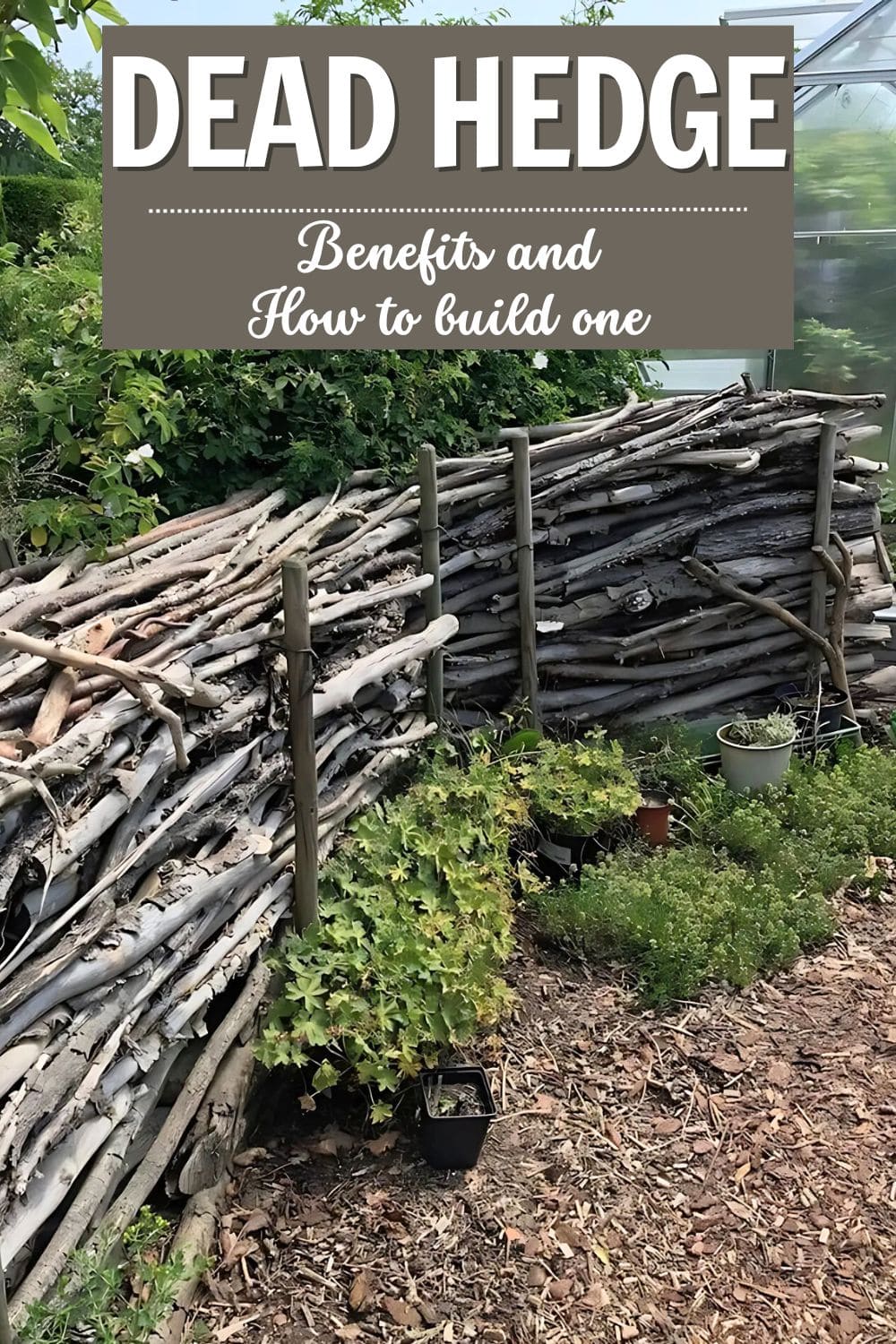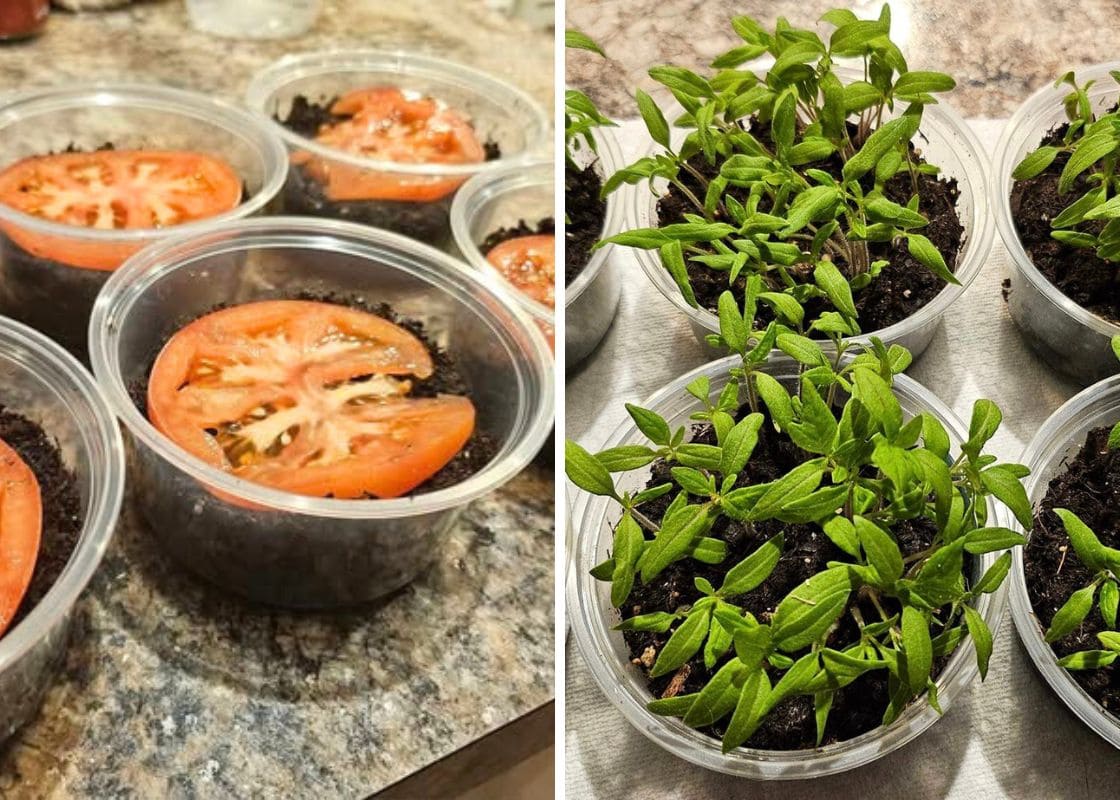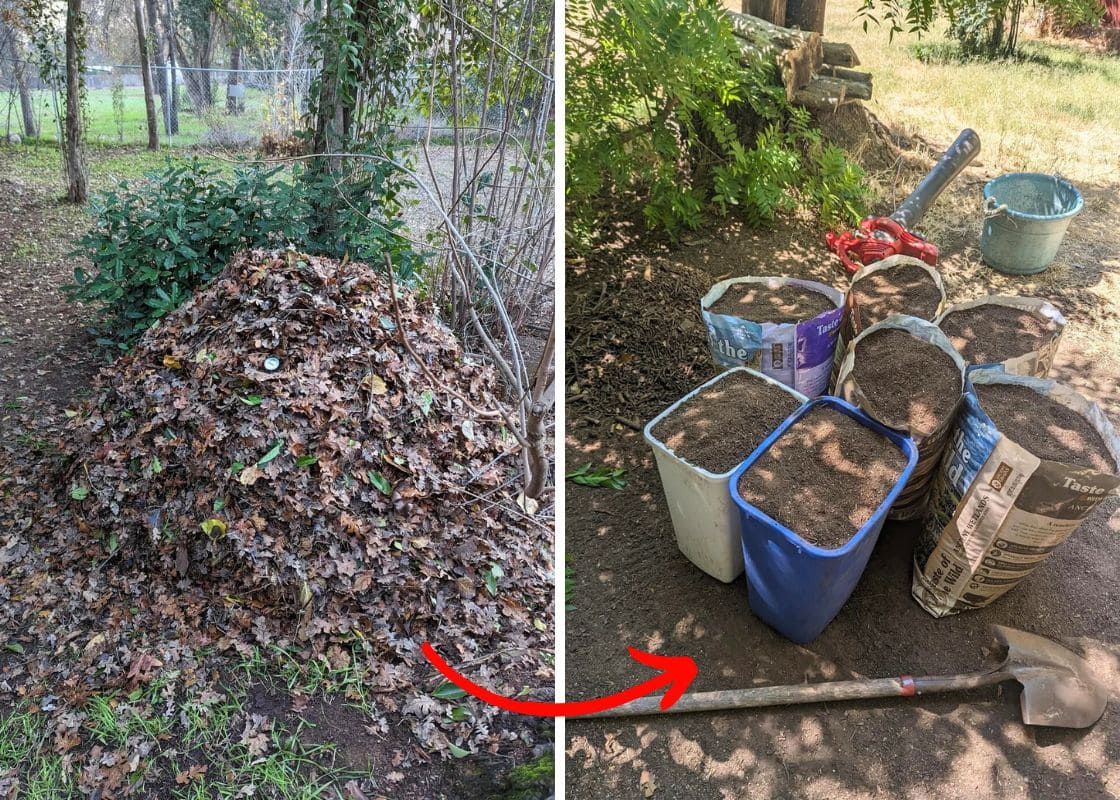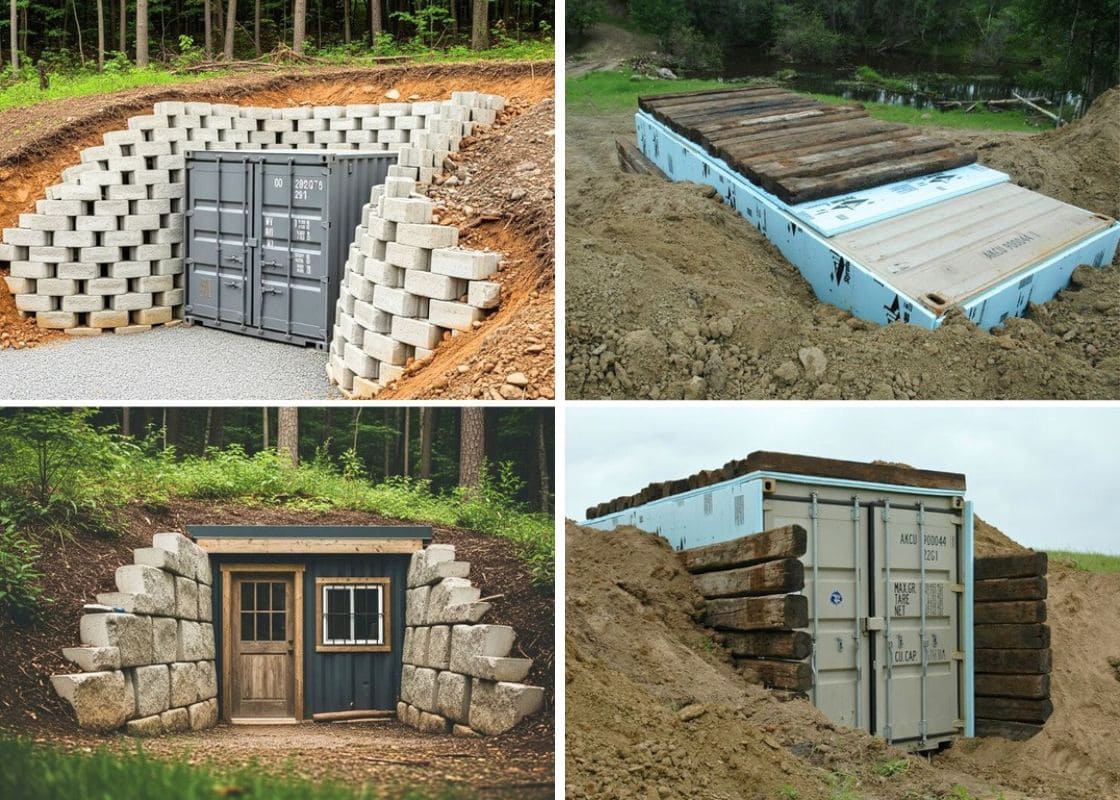When I first stumbled across the idea of a dead hedge, I admit, I raised an eyebrow.
“Dead” isn’t exactly the most alluring term when you’re nurturing vibrant life in the garden, right? Yet, after years of experimenting and embracing more natural gardening practices, the dead hedge has become one of my favorite projects.
If you’ve ever wanted to enhance your landscape with a rustic, living, and eco-friendly boundary, allow me to share my adventures with this fascinating garden feature.
So, What Exactly Is a Dead Hedge?
Imagine a barrier, a fence, but instead of the usual pickets, wires, or bricks, you use trimmed branches, logs, twigs, and woody garden debris.
Yes, all that stuff you might usually discard or burn! A dead hedge essentially repurposes natural garden waste, assembling it neatly to create an effective yet aesthetically charming boundary.
Unlike traditional fences, dead hedges support biodiversity and encourage wildlife activity in your garden, offering food, shelter, and breeding grounds for beneficial creatures.
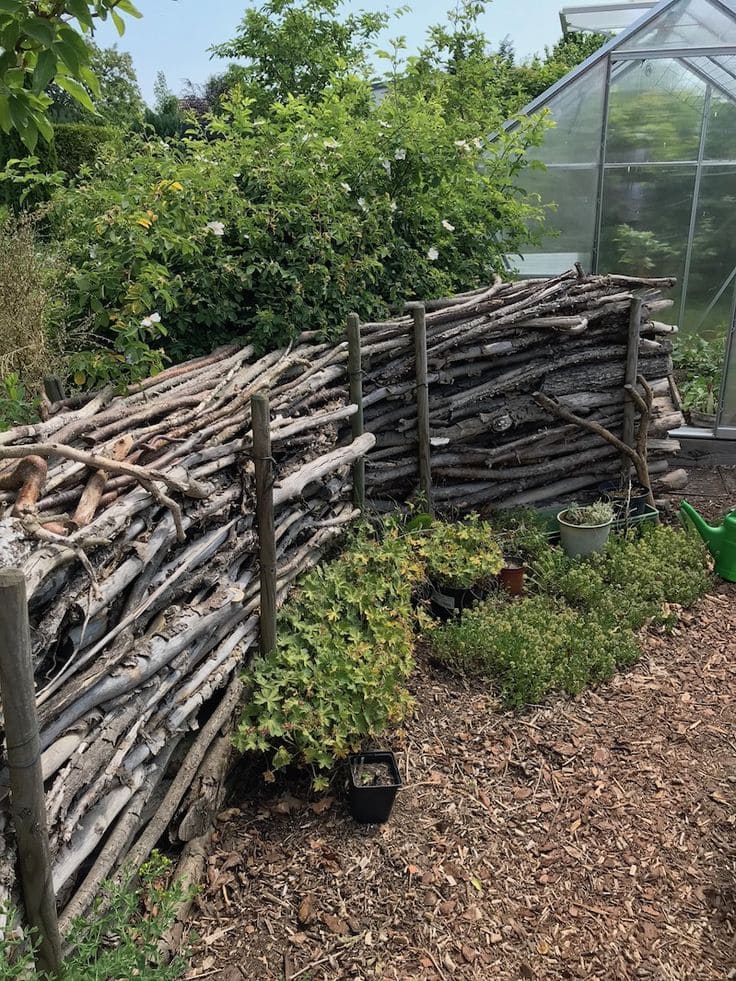
To be clear, it’s not actually alive (hence the name “dead”), but it becomes a thriving ecosystem of its own. Bugs, birds, hedgehogs, bees, and a myriad of wildlife will find refuge among its branches.
It’s an incredible example of sustainable gardening, helping to recycle waste, attract wildlife, and provide a natural boundary or privacy screen.
Why You Should Consider Building a Dead Hedge
1. Natural Habitat for Wildlife
The primary appeal, in my gardening adventures at least, is the instant wildlife haven a dead hedge provides. I’ve noticed birds regularly nest within the hedges, and hedgehogs scuttle beneath for cover.
The hedge quickly becomes a bustling hub of biodiversity, attracting pollinators like bees, butterflies, and hoverflies. In fact, you’ll soon observe a richer, healthier ecosystem right in your backyard.
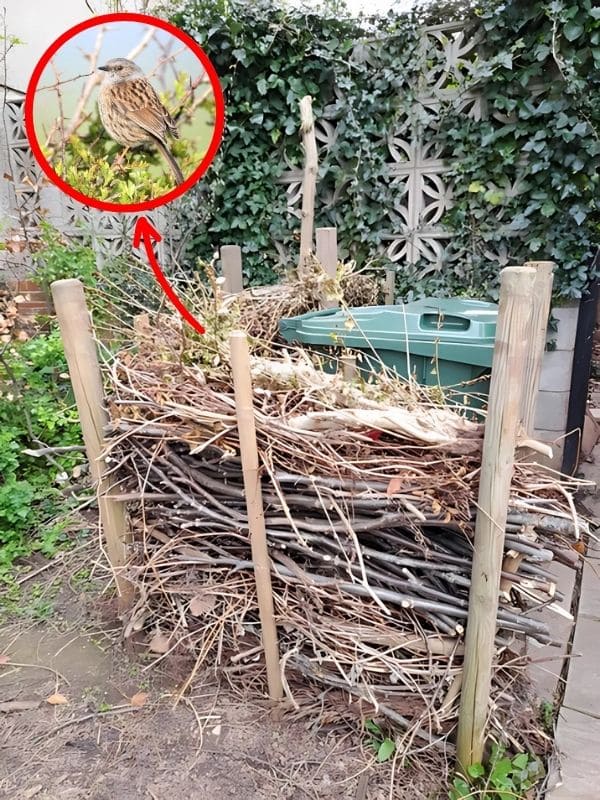
2. Practical and Affordable
One undeniable advantage of a dead hedge is its affordability. If you prune your trees regularly or have a woodland garden, materials are plentiful and cost nothing!
I’ve built several in my garden using purely leftover branches, logs, and twigs. No additional purchase needed, just a little creativity and elbow grease.
3. Sustainable Waste Management
Instead of burning garden waste or hauling it away, which is labor-intensive and environmentally unfriendly, dead hedges neatly solve this dilemma.
The materials gradually decompose, enriching the soil beneath. It’s an exemplary form of recycling, turning what might be considered trash into a garden treasure.
4. Aesthetic Appeal
The rustic charm of a dead hedge is irresistible. Each hedge becomes unique, blending seamlessly into natural landscapes or cottage-style gardens.
I’ve found visitors often comment on their beauty and uniqueness, creating wonderful conversation starters around sustainability and wildlife gardening.
5. Soil Erosion Control
A well-placed dead hedge helps prevent soil erosion on slopes or areas prone to runoff.
I’ve successfully stabilized tricky garden terrain by placing strategic hedges, significantly reducing erosion and soil loss over time.
How to Build Your Own Dead Hedge
Step 1: Select the Right Location
Pick a spot needing privacy, wildlife enhancement, or erosion control. It could be along garden boundaries, around compost areas, or on slopes.
Step 2: Gather Your Materials
Collect garden trimmings, branches, twigs, logs, and any woody debris. Aim for a mix of sizes from thin branches to thicker logs to add stability and complexity.
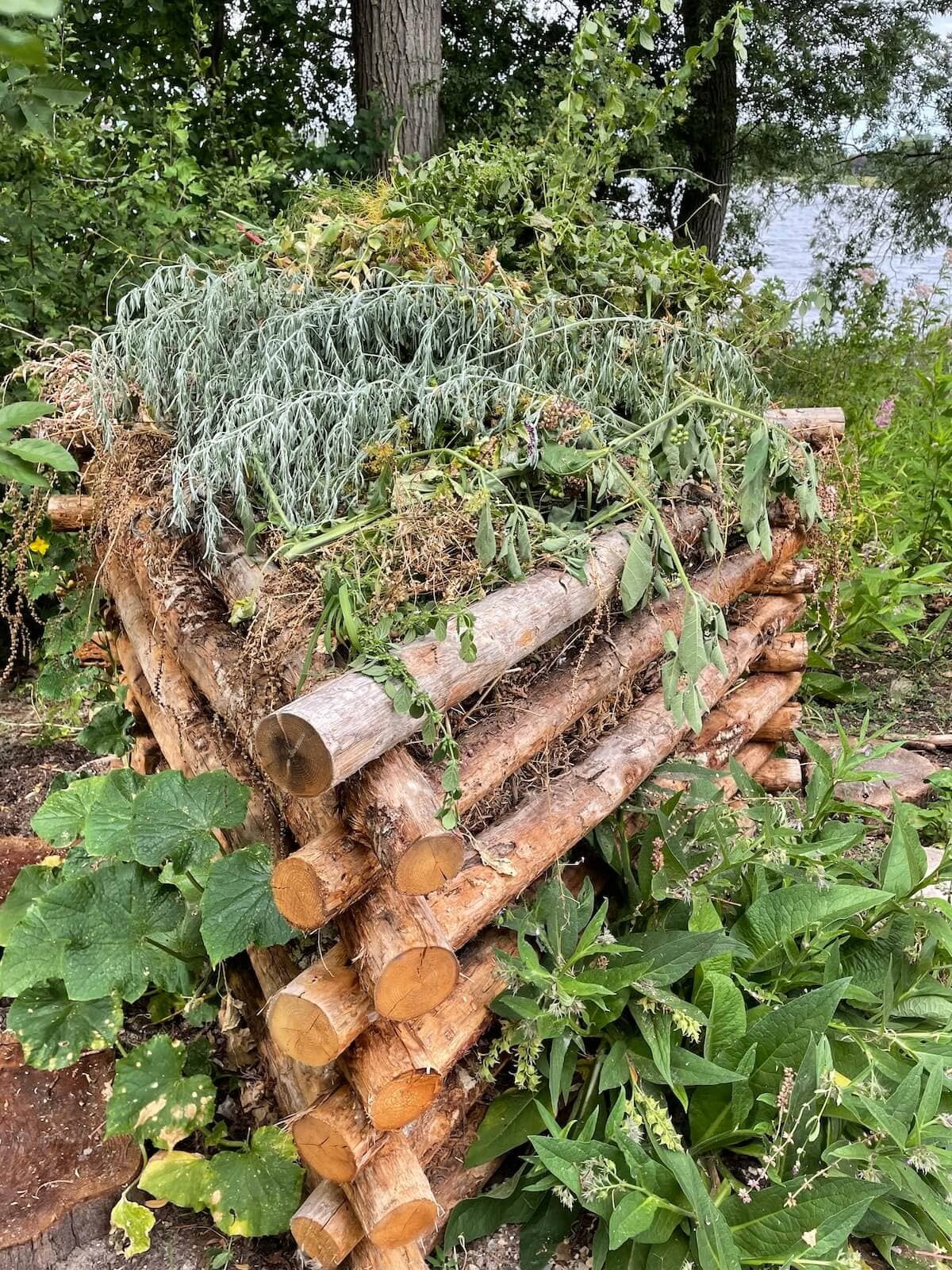
Step 3: Set Your Stakes
Drive sturdy wooden stakes vertically into the ground in two parallel lines, spaced roughly 2–3 feet apart, along the length of your intended hedge.
Then, space stakes about 2-4 feet apart within each line, depending on your hedge’s intended strength and height.
Step 4: Stack and Weave the Materials
Begin stacking branches horizontally between the stakes, filling the space tightly. Start with thicker, sturdier branches at the bottom for strength.
Next, weave in smaller twigs and branches, pressing them down firmly to compact the hedge as you build upwards. Continue until your hedge reaches your desired height (usually between 3 and 5 feet tall).
Step 5: Shape and Finish
Finish by tidying up edges and gently compacting your branches. Optionally, plant climbing or creeping plants at the hedge base to enhance appearance and biodiversity.
Maintenance Tips for Your Dead Hedge
The good news? Maintenance is minimal. Your hedge gradually decomposes over time (typically around 5–10 years), so simply keep adding more branches and garden waste periodically.
Also, avoid pesticides or chemicals, let nature handle pest control. Occasionally, prune excessive growth of surrounding plants that might overwhelm the structure.
Common Mistakes to Avoid
As enthusiastic as I was, my first dead hedge wasn’t perfect. Here are a few common mistakes you’ll want to dodge:
- Too sparse: Pack your hedge firmly to ensure stability and longevity. Sparse hedges won’t last long.
- Weak stakes: Your hedge relies heavily on the strength of your stakes. Select durable wood (like chestnut or oak) that won’t rot quickly.
- Poor location: Avoid placing the hedge too close to your house or where it blocks essential garden activities.
Enhancing Your Dead Hedge Further
While your dead hedge is perfectly useful as it is, you might want to consider these delightful enhancements:
- Plant wildflowers nearby to attract pollinators.
- Encourage mosses and lichens by positioning logs horizontally on top.
- Install bird boxes or insect hotels nearby to amplify wildlife benefits.
